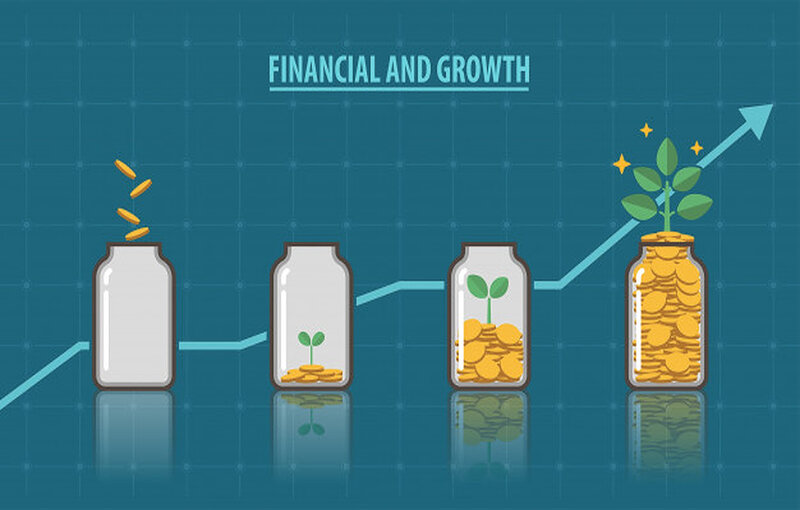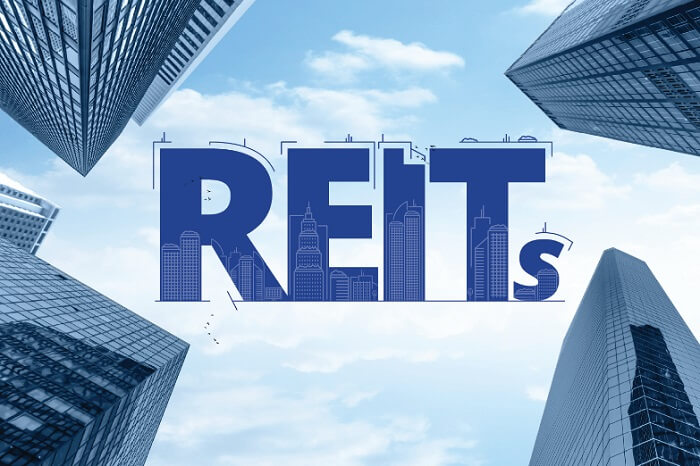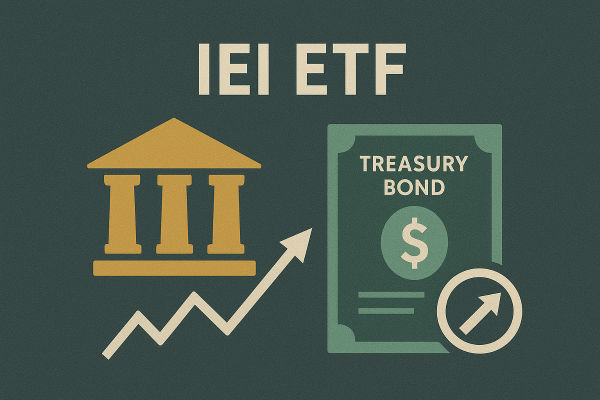In personal finance and investment, understanding the distinction between appreciating and depreciating assets is crucial.
Appreciating assets will increase in value over time, contributing to wealth accumulation. Investing in such assets can be a strategic way to build wealth.
This article delves into the top 10 appreciating assets, providing insights into their benefits and considerations.
What Is an Appreciating Asset?

As mentioned above, an appreciating asset gains value over time. This appreciation can result from various factors, including market demand, economic growth, scarcity, and inflation.
Unlike depreciating assets, which lose value due to wear and tear or obsolescence, appreciating assets can enhance your net worth and provide financial security.
Which Is an Example of an Appreciating Asset? Our 10 Picks

1) Real Estate
Real estate is a classic example of an appreciating asset. Properties often increase in value due to location, development, and market demand. Real estate investments can provide capital appreciation and rental income, doubling its benefits.
According to CoinCodex, the median value of a single-family home in the U.S. increased from $211,000 in 2013 to $427,000 in June 2024, representing a 102% return.
2) Stocks
Stocks represent ownership in companies and have the potential for significant appreciation. When businesses innovate, expand, or increase efficiency, their Stock Prices generally rise, creating appreciation for investors.
The S&P 500, for example, has delivered an average annual return of around 10%. Stocks also benefit from dividend reinvestment and compounding over time. As the economy grows, well-managed companies become more valuable, driving equity appreciation.
3) Exchange-Traded Funds (ETFs)
ETFs combine the appreciation potential of stocks with the risk-reducing benefits of diversification. They mirror indices, sectors, or commodities and grow in value as the underlying assets increase.
For example, a technology ETF would appreciate in tandem with the tech sector's performance. ETFs are passively managed, which reduces fees, and they track long-term market trends, making them suitable for growth-oriented investors.
4) Commodities
Commodities like gold, silver, and oil are tangible assets that can be appreciated due to supply and demand dynamics. Investing in commodities can serve as a hedge against inflation and currency fluctuations.
For example, gold has historically maintained its value and even appreciated during economic downturns.
5) Art and Collectibles
Rare art and collectibles are appreciated due to their uniqueness, cultural significance, and limited availability. The value of artwork can grow dramatically, especially when the artist gains recognition or if the piece becomes historically vital.
This category often operates on the principle of scarcity and emotional value. As wealth grows globally, especially in emerging economies, high-net-worth individuals increasingly invest in art as a status symbol and alternative asset, driving prices upward.
6) Private Equity
Private equity includes investments in startups or private companies with high growth potential. These ventures are typically in the early stages of transformation and, if successful, can yield significant appreciation. Investors gain when the business scale is acquired or goes public.
According to data from institutions like Cambridge Associates, the asset class outperforms public markets over the long term but requires patience, capital, and risk tolerance.
7) Savings Accounts
Though not as exciting, savings accounts technically appreciate through accrued interest. In a high-interest-rate environment like in 2024–2025, returns on savings accounts can beat inflation-adjusted losses. They are highly liquid and safe, appealing to conservative investors.
Some high-yield savings accounts now offer 4–5% APY, which can outperform bonds or CDs under certain conditions, especially when central banks maintain tighter monetary policy.
8) Bonds
Bonds generate income through fixed interest payments and may appreciate when interest rates fall. As newer bonds offer lower yields, older bonds with higher rates become more valuable in secondary markets.
Additionally, municipal or corporate bonds can increase price appreciation by improving credit ratings. Bonds provide capital preservation with moderate growth, making them valuable for risk-averse investors or those nearing retirement.
9) Certificates of Deposit (CDs)
CDs are time-bound investments with guaranteed returns via fixed interest rates. They appreciate accumulating interest over the agreed term.
In a rising interest rate environment, new CDs offer higher yields. While older ones may not appreciate in market value, they still offer steady growth and safety. CDs are ideal for those seeking predictable returns and capital protection.
10) Cryptocurrencies
Digital assets like Bitcoin have demonstrated extraordinary appreciation, especially since their inception. While highly volatile, cryptocurrencies appreciate based on adoption, limited supply (e.g., Bitcoin's 21 million cap), technological innovation, and perceived value as decentralised alternatives to fiat currencies.
Crypto assets can rally during currency debasement or geopolitical instability as investors seek alternatives to traditional banking systems. However, this asset class carries high risk and regulatory uncertainty.
Benefits and Risks to Know
Benefits:
Wealth Accumulation: Appreciating assets increase in value, contributing to long-term wealth growth.
Inflation Hedge: Assets like real estate and commodities can protect against inflation by maintaining or increasing value.
Passive Income: Some appreciating assets, such as rental properties and dividend-paying stocks, provide regular income streams.
Portfolio Diversification: Including a mix of appreciating assets can reduce overall investment risk.
Risks:
Market Volatility: Asset values can fluctuate due to market conditions, affecting appreciation rates.
Liquidity: Some assets, like real estate and art, may not be easily converted to cash.
Expertise Required: Investing in certain assets, such as art or private equity, requires specialised knowledge.
Economic Factors: Interest rates, inflation, and economic cycles can impact asset appreciation.
Conclusion
In conclusion, appreciating assets is crucial in building and preserving wealth. By understanding and strategically investing in assets that increase in value over time, individuals can enhance their financial security and achieve long-term financial goals.
Assessing personal risk tolerance, investment horizon, and financial objectives is crucial when selecting appreciating assets for your portfolio.
Disclaimer: This material is for general information purposes only and is not intended as (and should not be considered to be) financial, investment or other advice on which reliance should be placed. No opinion given in the material constitutes a recommendation by EBC or the author that any particular investment, security, transaction or investment strategy is suitable for any specific person.




























